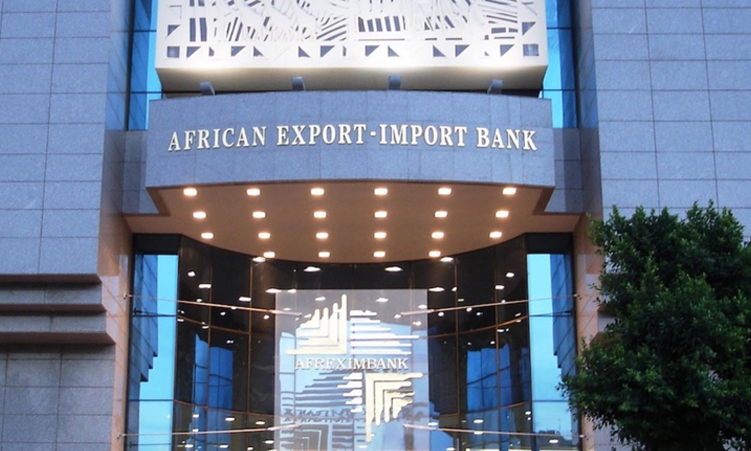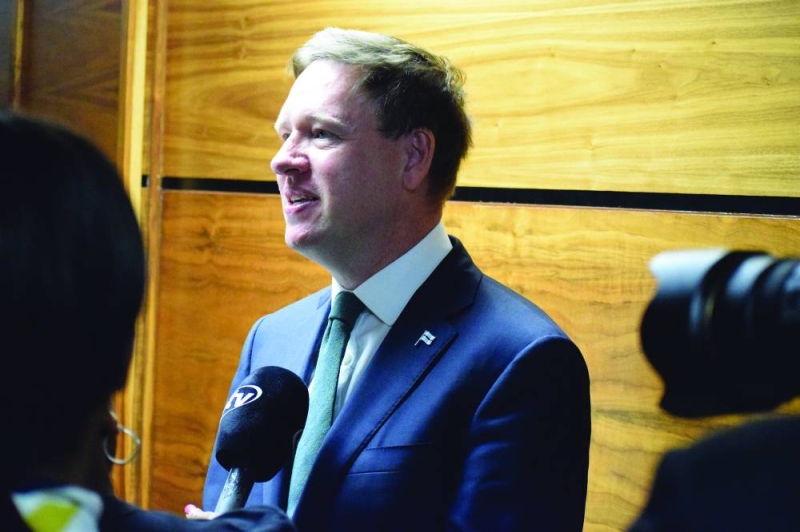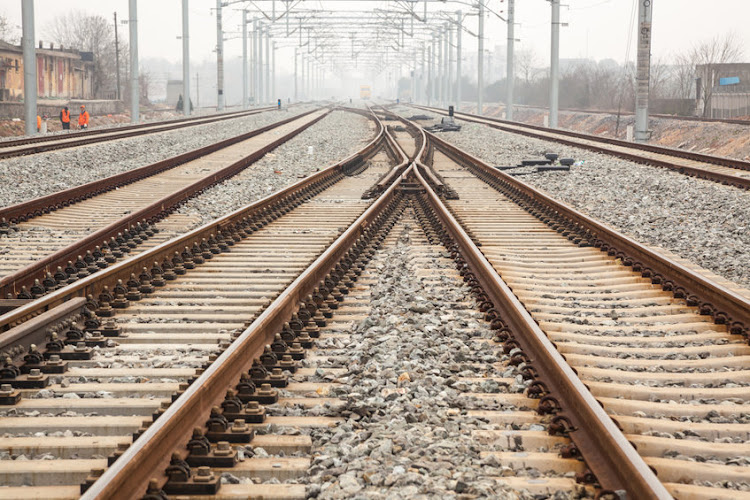If you have been to Manila lately, chances are you experienced its nightmarish traffic. The situation is expected to worsen unless the Philippine government takes bold and urgent actions to move away from car-centric policies and infrastructure projects.
In 2023, it took an average of 25.5 minutes to travel 10km in Manila, the longest among 387 metropolitan areas worldwide, according to TomTom’s global traffic index. This was a 50-second increase from 2022, the largest rise in the index. Daily traffic costs – the lost economic opportunities as a result of the delay caused by traffic – in Metro Manila are estimated at 3.5 billion pesos (US$60 million), according to a 2018 study by the Japan International Cooperation Agency. The figure could rise to 5.4 billion pesos by 2035 if no changes are made.
In the wake of the pandemic, civil society organisations have become more vocal, particularly those advocating for better infrastructure for active transport, such as bike lanes.
The problem is that these concerns often go unheard, as the national government maintains a car-centric mindset. The lack of effective public transport forces many car owners to rely on their vehicles, hindering efforts to reduce car dependency.
Consider congestion pricing, which involves charging road users extra fees for accessing high-traffic areas during peak times. This simple policy could help alleviate traffic congestion, particularly on Metro Manila’s major thoroughfares. While the idea is gaining ground in India, Thailand and Vietnam, the mere suggestion of it in the Philippines is almost taboo, due to the high cost of living compared to many other Asean economies. Politicians are also wary of the potential backlash, especially from the country’s car-owning middle class.
For congestion pricing to have any chance of being implemented in the Philippines, the government should clearly explain the policy’s economic and environmental benefits, citing successful models like Singapore. Conducting pilot experiments in high-traffic areas can also help refine the proposals and build momentum for broader adoption.










